Expansion of End-Use Industries
The expansion of end-use industries is a significant factor propelling the Rapid Prototyping Market. Sectors such as automotive, aerospace, healthcare, and consumer goods are increasingly adopting rapid prototyping to streamline their product development processes. This trend is driven by the need for rapid iteration and testing, which is essential in industries where time-to-market is critical. For instance, the automotive industry is utilizing rapid prototyping to develop new vehicle models and components more efficiently. Recent data indicates that the automotive sector alone is expected to account for over 30% of the rapid prototyping market share by 2026. As these end-use industries continue to grow and evolve, the demand for rapid prototyping solutions is likely to increase, further solidifying its importance in modern manufacturing.
Growing Demand for Rapid Prototyping Solutions
The Rapid Prototyping Market is experiencing a notable surge in demand as businesses increasingly seek to accelerate product development cycles. This trend is driven by the need for faster time-to-market, which is essential in today's competitive landscape. Companies are leveraging rapid prototyping to create functional prototypes that can be tested and iterated upon quickly. According to recent data, the market is projected to grow at a compound annual growth rate of approximately 25% over the next five years. This growth is indicative of the industry's shift towards more agile methodologies, allowing firms to respond to consumer feedback and market changes with unprecedented speed. As a result, the adoption of rapid prototyping technologies is becoming a strategic imperative for organizations aiming to enhance innovation and maintain a competitive edge.
Increased Investment in Research and Development
Investment in research and development is a critical driver for the Rapid Prototyping Market. Companies are allocating substantial resources to R&D to foster innovation and improve product offerings. This trend is particularly evident in sectors such as automotive, aerospace, and healthcare, where rapid prototyping is utilized to develop cutting-edge technologies and products. The emphasis on R&D is expected to propel the market forward, as organizations seek to leverage rapid prototyping to reduce development costs and enhance product quality. Recent statistics indicate that R&D spending in these sectors has increased by over 15% in the past year, reflecting a growing recognition of the value that rapid prototyping brings to the innovation process. This investment is likely to yield significant returns, further solidifying the role of rapid prototyping in product development.
Rising Demand for Customization in Manufacturing
The demand for customization in manufacturing is significantly influencing the Rapid Prototyping Market. As consumers increasingly seek personalized products, manufacturers are turning to rapid prototyping to meet these expectations. This approach allows for the quick production of tailored prototypes that can be adjusted based on customer feedback. Industries such as consumer electronics and fashion are particularly benefiting from this trend, as rapid prototyping enables them to create unique designs that resonate with individual preferences. Market analysis suggests that the customization trend is expected to grow, with a projected increase in demand for bespoke products by approximately 20% over the next few years. This shift is likely to drive further investment in rapid prototyping technologies, as companies strive to enhance their offerings and improve customer satisfaction.
Technological Advancements in Prototyping Techniques
Technological advancements are playing a pivotal role in shaping the Rapid Prototyping Market. Innovations in materials, such as the development of high-performance polymers and metals, are expanding the capabilities of rapid prototyping. Furthermore, the integration of artificial intelligence and machine learning into prototyping processes is enhancing design accuracy and efficiency. These advancements enable designers and engineers to create more complex geometries and optimize prototypes for performance. The market is witnessing a shift towards more sophisticated techniques, such as 3D printing and CNC machining, which are becoming increasingly accessible. As a result, the industry is likely to see a rise in the adoption of these technologies, which could lead to a more streamlined and cost-effective prototyping process.

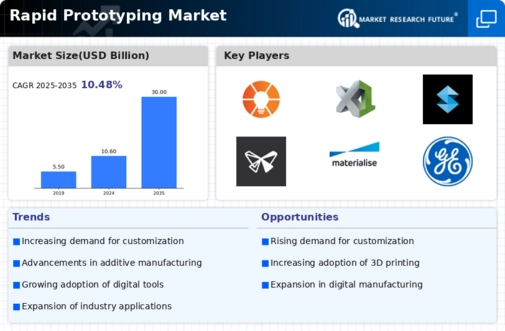
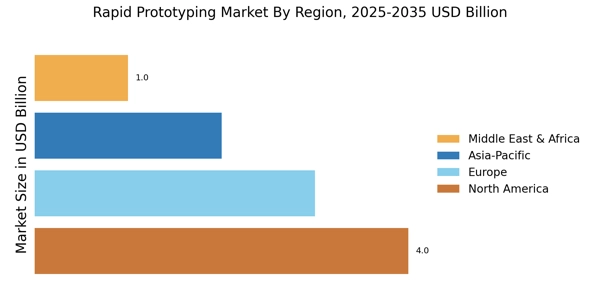
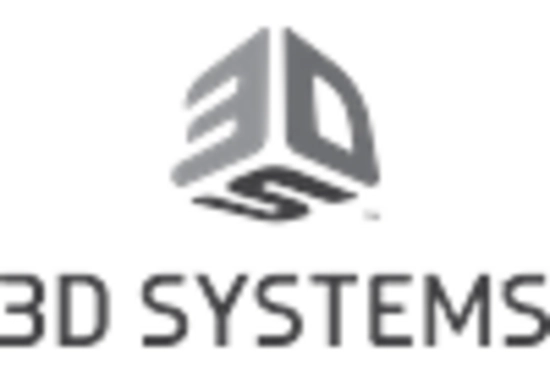
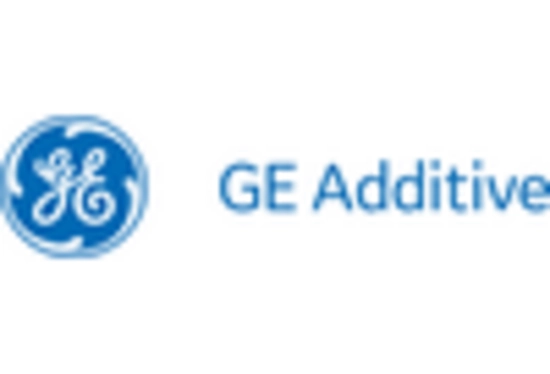

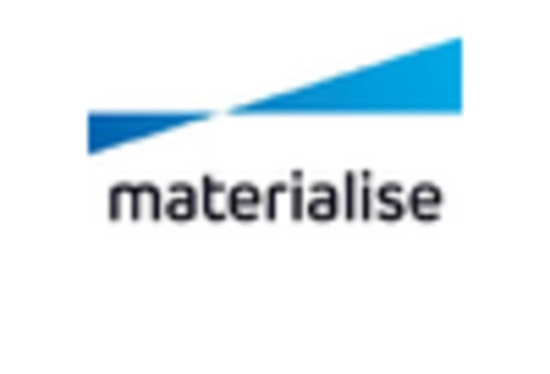










Leave a Comment